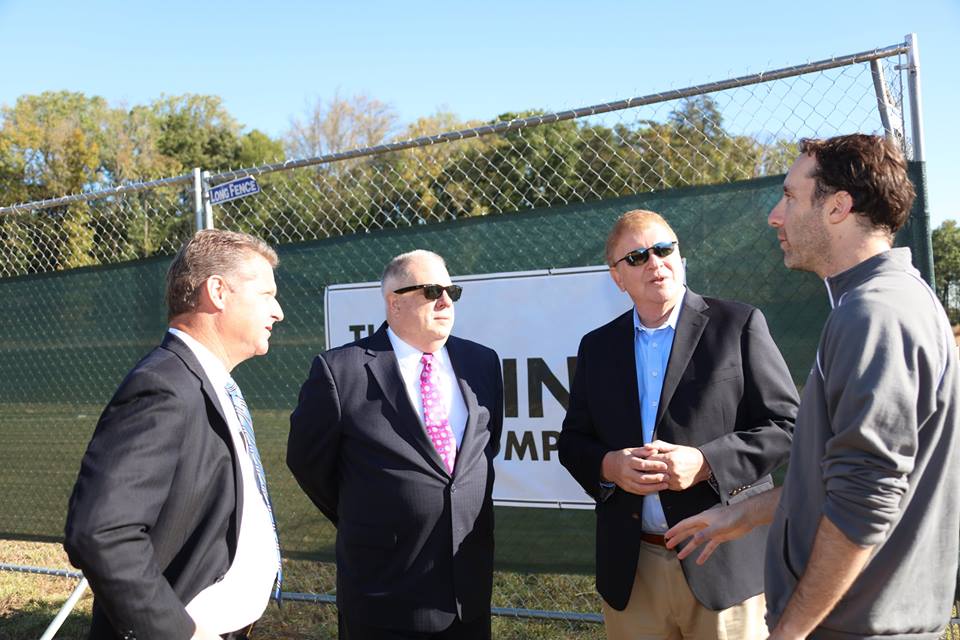The Boring Company once again appearing above the surface in Maryland. This time, the news on the Elon Musk–owned company’s plans to construct hyperloop tunnels comes closer to home in Baltimore.
According to the Capital News Service, The Boring Company obtained a permit from the state highway administration department to begin digging in 2018. The conditional utility permit that was approved in October shows that the company was granted permission to begin digging a pair of 12-mile tunnels under 295, with the terminus on one side coming near W. Pratt St. and S. Paca Sts. in downtown Baltimore.
The company “envisions tunnels that will cart cars and people underneath major cities on electric sleds at speeds approaching 150 mph,” according to CNS.
Baltimore residents: are you ready for hyperloop tunnels? Construction could start as soon as next month. https://t.co/ryb8Ht9gwT
— Capital News Service (@CNSmd) December 15, 2017
Following Elon Musk’s summer tweet about “verbal govt approval” for an East Coast hyperloop, Gov. Larry Hogan previously announced that digging for the project would begin in Maryland. The permit obtained by CNS indicates it could begin as early as January 2018.
That timeline may or may not hold. Either way, news of the permit comes at a time of considerable movement on futuristic Baltimore-D.C. transportation. As journalist Andrew Zaleski points out in a recent article for CityLab, Hogan has also voiced support for a 310 mph magnetic levitation train that could make the trip between the two cities in 15 minutes.
The race of the ludicrously expensive supertrains https://t.co/bVUxUNkxBb pic.twitter.com/MN9AoSdGI1
— Bloomberg CityLab (@CityLab) December 15, 2017
The governor also backed a $9 billion project to widen and bring tolls for cars to the Baltimore-Washington Parkway, Capital Beltway and I-270. It may seem like the back-up would lead to a bottleneck for the state, but that’s not how the Maryland Department of Transportation is approaching it.
Still, the Hogan administration is all for pitting the three massive infrastructure projects against one another, since—for now—none of the three projects require the use of taxpayer-funded state dollars. “There are benefits of one over another, but the best way in my mind that you address competition is you let them slug it out in the free market,” Maryland Secretary of Transportation Pete Rahn says.
Each proposal utilizes different technologies, but there are a couple of similarities in addition to attention from the Hogan administration. Each have significant hurdles to overcome before becoming a reality, and new routes along 295 are a part of proposals for all three.
Showing up for all three allows the administration to keep the focus on the region’s traffic woes. But given the price tags, only one may survive.
Before you go...
Please consider supporting Technical.ly to keep our independent journalism strong. Unlike most business-focused media outlets, we don’t have a paywall. Instead, we count on your personal and organizational support.
Join our growing Slack community
Join 5,000 tech professionals and entrepreneurs in our community Slack today!

Entrepreneurship is changing, and so is the economic development behind it

Tech Hubs’ new $210M funding leaves Baltimore and Philly off the table

Here’s what to know before using AI to craft your brand’s social media posts


